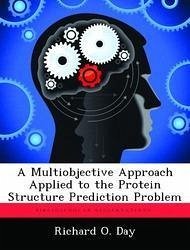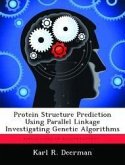Interest in discovering a methodology for solving the Protein Structure Prediction (PSP) problem extends into many fields of study including biochemistry, medicine, biology, and numerous engineering and science disciplines. Experimental approaches, such as, x-ray crystallographic studies or solution Nuclear Magnetic Resonance (NMR) Spectroscopy, to mathematical modelling, such as minimum energy models are used to solve this problem. Recently, Evolutionary Algorithm studies at the Air Force Institute of Technology (AFIT) include the following: Simple GA, messy GA (mga), fast messy GA (fmGA), and Linkage Learning GA (LLGA), as approaches for potential protein energy minimization. Prepackaged software like GENOCOP, GENESIS, and mGA are in use to facilitate experimentation of these techniques. In addition to this software, a parallelized version of the fmGA, the so called parallel fast messy GA (pfmGA), is found to be good at finding semi-optimal answers in a reasonable time. The aim of this work is to apply a (Multiobjective MO) approach to solving this problem using a modified fast messy GA. By dividing the CHARMm energy model into separate objectives, it should be possible to find structural configurations of a protein that yield lower energy values and ultimately more correct conformations.
Hinweis: Dieser Artikel kann nur an eine deutsche Lieferadresse ausgeliefert werden.
Hinweis: Dieser Artikel kann nur an eine deutsche Lieferadresse ausgeliefert werden.








